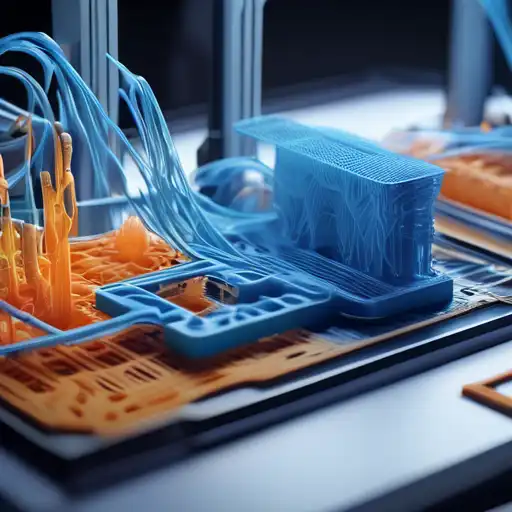The Revolutionary World of 3D Printing
3D printing, also known as additive manufacturing, is a process of creating three-dimensional objects from a digital file. This technology has been around since the 1980s but has gained significant attention in recent years due to its potential to revolutionize manufacturing, healthcare, and even the construction industry.
How Does 3D Printing Work?
The process begins with a digital 3D model, which is then sliced into thin layers by software. The 3D printer reads these layers and deposits material layer by layer until the object is fully formed. Materials used can range from plastics and metals to concrete and even biological materials.
The Benefits of 3D Printing
- Customization: 3D printing allows for the creation of customized products tailored to individual needs without the need for expensive molds or tooling.
- Speed: From prototype to final product, 3D printing can significantly reduce the time it takes to bring a product to market.
- Cost-Effectiveness: For small production runs, 3D printing can be more cost-effective than traditional manufacturing methods.
- Sustainability: 3D printing can reduce waste by using only the material needed to create the product, unlike subtractive manufacturing processes.
Applications of 3D Printing
3D printing is being used in a variety of fields, including:
- Healthcare: From prosthetics to bioprinting tissues and organs, 3D printing is making significant strides in medicine.
- Aerospace: Companies are using 3D printing to produce lightweight parts for aircraft and spacecraft, reducing fuel consumption and costs.
- Automotive: The automotive industry is utilizing 3D printing for both prototyping and manufacturing parts, allowing for faster innovation.
- Construction: 3D printing is being explored as a method to build homes and structures quickly and with less labor.
The Future of 3D Printing
As technology advances, the possibilities for 3D printing are endless. Researchers are exploring the use of new materials, such as graphene, and the potential for 4D printing, where printed objects can change shape over time. The integration of AI and IoT with 3D printing could lead to smart factories where products are designed, printed, and shipped with minimal human intervention.
3D printing is not just a tool for creating objects; it's a gateway to innovation, enabling us to solve complex problems and create solutions that were once thought impossible. As we continue to explore its potential, 3D printing will undoubtedly play a pivotal role in shaping the future.
For more insights into the latest technological advancements, check out our technology section.
